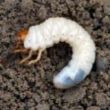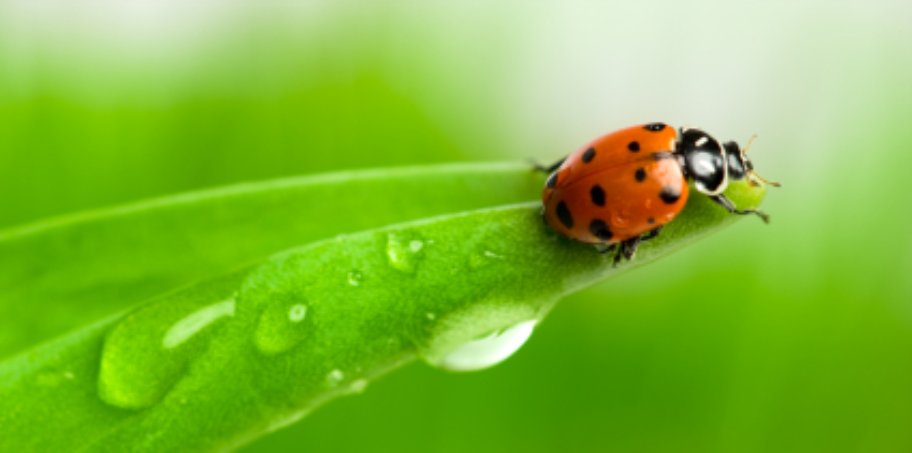
Lawn Disease & Pests
The health of your lawn will be affected by the environment it is living in and the treatment it receives. The best way to combat lawn diseases & pests is to encourage healthy grass by carrying out proper maintenance. Grass prefers sunlight and good air movement to be healthy.
Some diseases or pests cannot be avoided because of the environmental factors that are outside of your control. The following is a list of the more common disease and pests common in Greater Vancouver & Lower Mainland and what you can do about it.
Disease
Red Thread (Laeticaria fuciformis) - Initially, irregularly circular yellow patches 2 t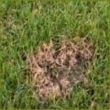 o 24 inches across become brown and dead looking. As the disease advances, small pink/red horn-like fruiting bodies of fungus on leaf blades indicate the presence of the disease Red Thread. Red Thread occurs when there is fungal material living on diseased grass blades and in soil sprouts in wet humid weather in late fall, winter, and early spring. Red thread doesn't usually kill turf but causes it to look unattractive.
o 24 inches across become brown and dead looking. As the disease advances, small pink/red horn-like fruiting bodies of fungus on leaf blades indicate the presence of the disease Red Thread. Red Thread occurs when there is fungal material living on diseased grass blades and in soil sprouts in wet humid weather in late fall, winter, and early spring. Red thread doesn't usually kill turf but causes it to look unattractive.
Management: Your lawn will often recover as the weather warms and dries. Lawns that receive inadequate amount of nitrogen are prone to developing Red Thread. Do not allow the lawn to go into summer drought stress if Red Thread is present, water deeply and infrequently. Make sure your lawn receives routine feeding with a balanced fertilizer. Remove the clippings during mowing.
Fusarium Patch-(Microdochium nivale) - Reddish-brown circular patches (1 to 2 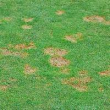 inches in diameter), appear. Patches may enlarge and come together to cover extensive areas and reduce lawn survival. Early infestations may be confused with dog damage. Fusarium Patch occurs when there is fungal material living on diseased grass blades and in soil sprouts in wet humid weather in late fall, winter, and early spring.
inches in diameter), appear. Patches may enlarge and come together to cover extensive areas and reduce lawn survival. Early infestations may be confused with dog damage. Fusarium Patch occurs when there is fungal material living on diseased grass blades and in soil sprouts in wet humid weather in late fall, winter, and early spring.
Management - Grass often recovers as the weather warms and dries. Avoid frequent light watering instead water deeply and infrequently. Fertilizers with moderate levels of nitrogen (in a 3-1-2 ratio) in a slow-release formula are best to use in the summer, and (in a 2-1-3 ratio) in the fall. Avoid heavy fall fertilization.
Pests
European Chafer - Adult European Chafers are tan or brown beetles resembling June beetles but measure only about 1.5cm in length. The grubs, measuring 2 to 2.5cm, are soft, white and C-shaped with tan-coloured heads and six prominent legs. European Chafer can cause extensive damage to your lawn from the grubs feeding from roots of the grass and then followed by Raccoons, skunks and birds tearing up the lawn by feeding on the grubs.
Management - A well maintained lawn is the first line of defense. The more robust root system your lawn has; the better your lawn will stand up to European Chafer infestation. We recommend using 6"-8" of good draining soil to encourage a deep root system, if your area is prone to chafer infestation. In addition make sure that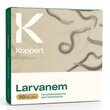 your sub-soil is porous to ensure good sub-drainage, you may want to install drainpipe in the subsoil if the area is flat or if the subsoil is inadequately porous. You may also consider biological or chemical control options if permitted in your jurisdiction. ACELEPRYN is a proven effective chafer control product which can be used by a commercial applicators in some jurisdictions. Nematodes applied from July 15th to early August has promised to be a good option for home owners. See the following link for more information and how to purchase*. * information and purchase links are from 3rd party provider, please direct all inquiries to them.
your sub-soil is porous to ensure good sub-drainage, you may want to install drainpipe in the subsoil if the area is flat or if the subsoil is inadequately porous. You may also consider biological or chemical control options if permitted in your jurisdiction. ACELEPRYN is a proven effective chafer control product which can be used by a commercial applicators in some jurisdictions. Nematodes applied from July 15th to early August has promised to be a good option for home owners. See the following link for more information and how to purchase*. * information and purchase links are from 3rd party provider, please direct all inquiries to them.
European Crane Fly - In the springtime the European Crane Fly is in the larvae stage and 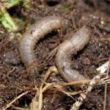 is grayish-brown in color and worm-like in appearance. The larvae are quite large, about 1 1/2 to 2 inches in size and have a tough skin. It's for this reason that it is commonly called "leatherjacket". The larvae feed off the roots and cause thinning of the lawn.
is grayish-brown in color and worm-like in appearance. The larvae are quite large, about 1 1/2 to 2 inches in size and have a tough skin. It's for this reason that it is commonly called "leatherjacket". The larvae feed off the roots and cause thinning of the lawn.
Management- A well maintained lawn is the first line of defense, however you may also consider biological or chemical control options if permitted in your jurisdiction. If you have healthy grass a low population level of Crane Flies usually do not pose enough of threat that they cause permanent damage. If crane fly numbers in your lawn are too high (over 25 leatherjackets per square foot) treatments with beneficial nematodes or chemicals can be considered to reduce their numbers. See the fact sheet on European Crane Fly for more detailed information.
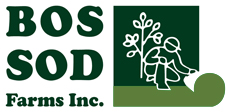
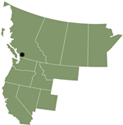
 Order
Order